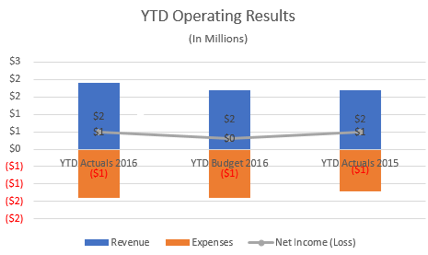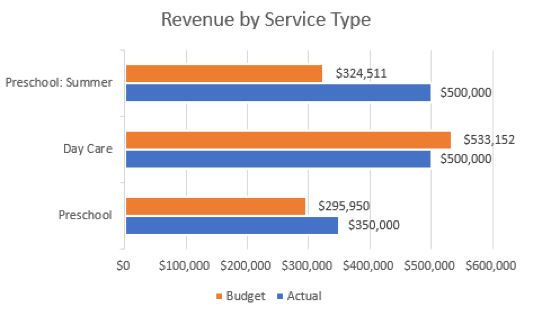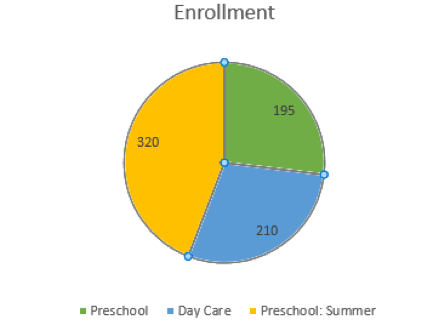How Your Nonprofit Can Create Effective Dashboards
![Effective dashboards [Converted] - NFP Partners](https://nfppartners.com/wp-content/uploads/2017/10/Effective-dashboards-Converted.png)
Let’s take some time to focus on the development of a strong nonprofit financial leadership model to the Board of Directors. Members of the Board have a fiduciary responsibility to the organization they are overseeing.
Accordingly, Boards and finance committees have made great strides in monitoring the financial performance of an organization. The products they are monitoring are very tangible and, in previous articles, we have talked about each of these items; the annual budget, monthly financial statements, and audits.
In this article, we’ll talk about ways to utilize effective dashboards to assist in the Board’s understanding of the organization’s financial performance. Additionally, we will discuss ways to communicate success to many audiences.

Steps to creating worthwhile nonprofit dashboards
The first step in creating effective nonprofit dashboards is determining the organization’s key factors to highlight.
These dashboards go beyond taking financial statements and putting them in a pie chart to display the different percentages of revenue or expense. Similarly, you can use a bar graph to display actual-to-budget comparisons.
The dashboards may not all be derived directly from the financial statements but from key program information that has an impact on the financial performance of the organization.
Key Performance Indicators
When determining what to present in the organization’s dashboards, consider the Key Performance Indicators. Also, consider the following points.
- Define your audience. Who will this information be presented to?
- Define what makes the nonprofit a success
- Define the strategies, goals, and metrics of what you will include in your dashboards, both programmatic and financials
- Finally, involve your nonprofit’s team members in defining the strategies, goals, and metrics. These can be used for accountability in the organization
As a result, the information gained from defining your Key Performance Indicators will allow your nonprofit to make data-driven decisions.
Below is an example of Key Performance Indicators for an early childhood education organization and dashboard to present the progress or results of those indicators.
- Monitor the program’s operating surplus (deficit)
- Track program enrollment and attendance
- Track revenue from program fees.
These Key Performance Indicators provide a visual of the financial and program performance of the nonprofit organization. From the enrollment chart and the revenue by service type, recruitment in the preschool program should increase. It is also helpful to see that the largest revenue program has the second lowest enrollment numbers.



Next steps, determine your nonprofit organization’s Key Performance Indicators so you can present meaningful dashboards to your Board of Directors.
Happy budgeting,
Laura Jorstad
Managing Principal
